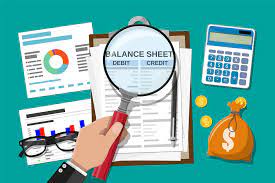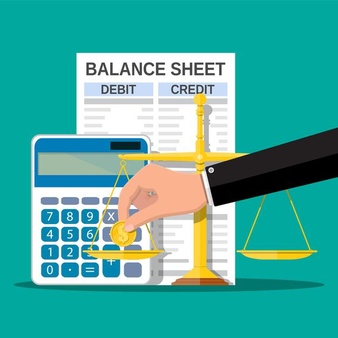![]()
 Balance Sheet for Contractual Service
Balance Sheet for Contractual Service
A balance sheet for contractual service provider, often referred to as a statement of financial position, presents a snapshot of the company’s financial health at a specific point in time. It is divided into three main components:
Assets:
Assets represent what the company owns and controls. For a contractual service provider, typical asset categories might include:
Current Assets:
These are short-term assets that can be convert into cash within a year. Examples include cash, accounts receivable (unpaid invoices from clients), and any short-term investments.
Property, Plant, and Equipment (PP&E):
These are long-term assets used in the business operations, such as office equipment, vehicles, and computer systems.
Intangible Assets:
These include non-physical assets like patents, copyrights, trademarks, and goodwill (the value of the company’s reputation and customer relationships).
Liabilities:
Liabilities represent the company’s obligations and debts to external parties. For a contractual service provider, liability categories might include:
Current Liabilities:
These are short-term obligations that are due within a year, such as accounts payable (unpaid bills to suppliers), short-term loans, and accrued expenses.
Long-Term Liabilities:
These are obligations that extend beyond one year, such as long-term loans and lease obligations.
Equity:
In simple terms, it’s the ownership interest of the shareholders. For a contractual service provider, equity can include:
Common Stock:
The value of the shares issued to investors.
Retained Earnings:
The cumulative profits that the company has earned and retained over time.
Additional Paid-In Capital:
Any amount investors have paid for shares that exceeds their nominal value.
Accumulated Other Comprehensive Income:
This includes gains and losses that haven’t been realized yet, such as unrealized gains on available-for-sale securities.
In summary, the key components of a balance sheet for contractual service provider are assets (current, PP&E, and intangible), liabilities (current and long-term), and equity (common stock, retained earnings, additional paid-in capital, and accumulated other comprehensive income). This financial statement provides insights into the company’s financial position and its ability to meet its obligations and sustain operations.
To visit: https://www.incometax.gov.in
